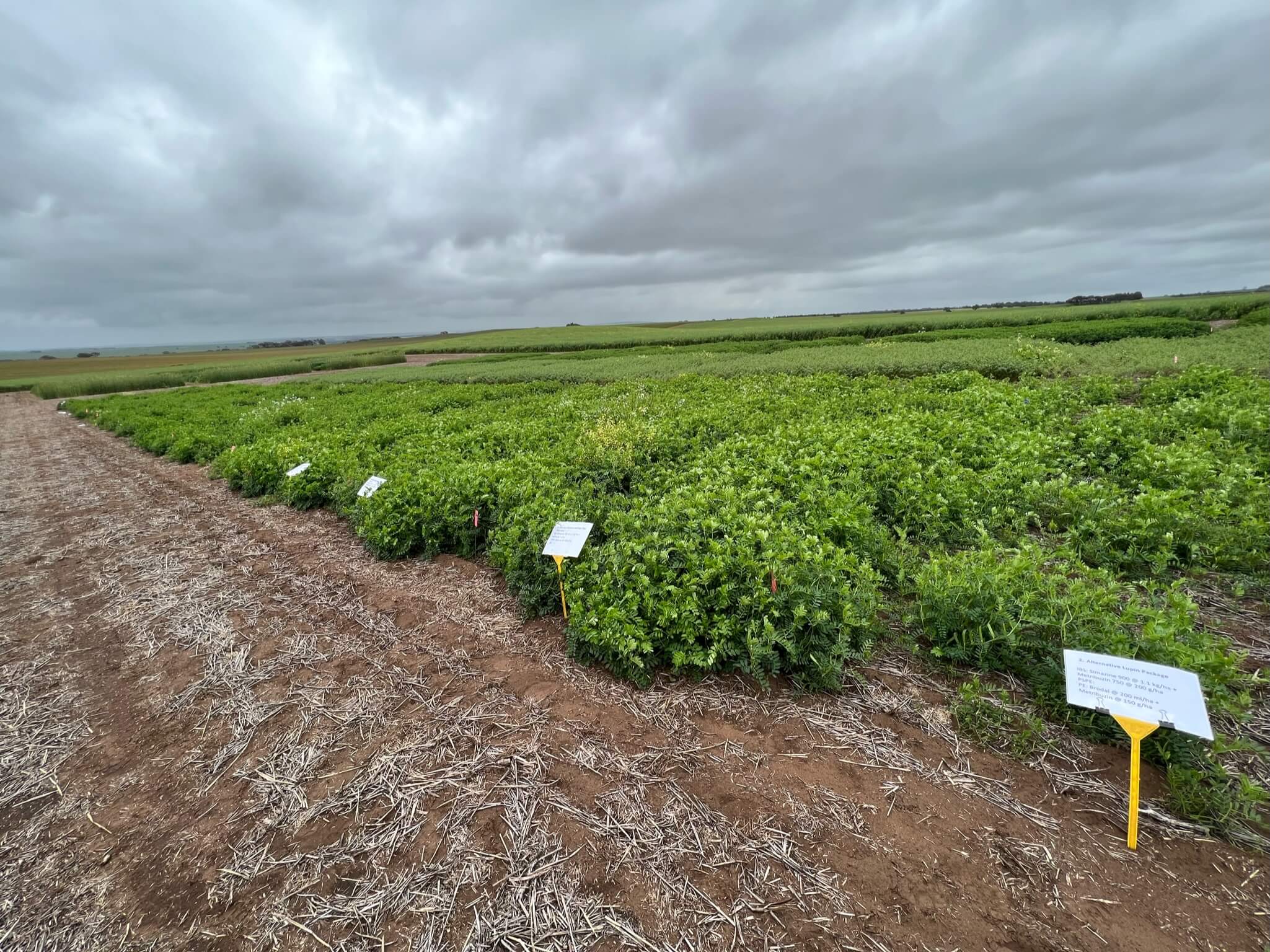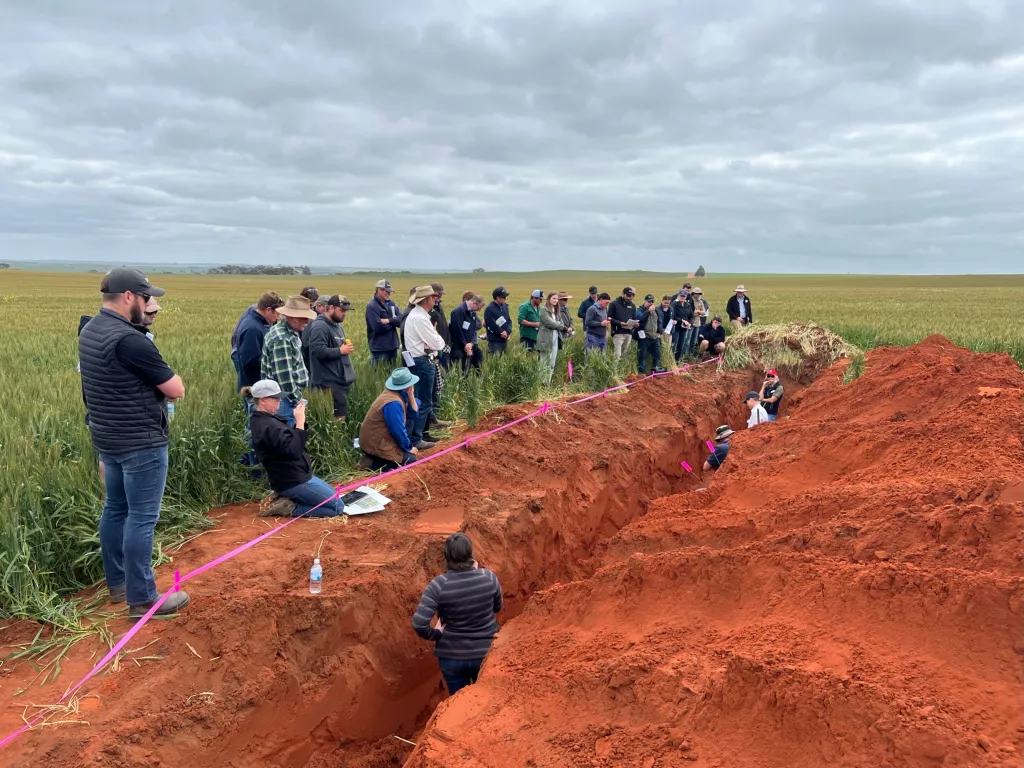Stacking soil amendments and amelioration to increase yield & improve soil health
By Kate Parker & Simon Kruger, WMG Projects Team
The Future Carbon Project site in Wathingarra, supported by the Department of Primary Industries and Regional Development and the Soil CRC, is one of four large-scale field trials across the WA Wheatbelt and Northern Ag regions looking into soil management and amelioration strategies to improve soil health and subsequently build soil carbon.
Sandy soils in the West Midlands region often present multiple challenges such as poor holding capacity of nutrients and moisture and limited production by nutrient leaching, soil water repellence, low nutrient levels, and compaction. While this is one of our more complex sites, as it has been built up over 3 years, including the amalgamation of 2 projects with similar scope, this project is working on ways of addressing these multiple constraints, while increasing soil health and profitability from a local perspective.
The Wathingarra site contains 282 individual plots with 54 different replicated treatments consisting of multiple soil amendments and amelioration strategies stacked together. These include amelioration treatments such as rotary spading and mould board ploughing, and the addition of amendments such as manure, gypsum, clay, biochar and frass. The aim of this ‘stacked’ approach is to get a more comprehensive view of how these different strategies can work together.

After establishment and double cereal phase in 2021 & 2022, the site was sown to Frano serradella in 2023 looking to a break crop phase allowing for weed control, setting a legume seed base for following seasons, creating biomass and green manuring and to fix nitrogen. In 2024, the site has been allowed to regenerate from set seed, being ‘worked-in’ in April, fertilised in May and with further weed cleanup through June/July.
Despite a dry start to the season, plant establishment has been very successful across all plots, with rotary spaded plots generally performing best, followed by mould boarded, and finally control (untreated) plots. While most plants are currently at the 2-4 leaf stage, those that got off to an earlier start following the first rainfall in late May have begun nodulation. Those plots with more protective stubble from the previous seasons also appear to have increased plant establishment, however there is little difference between plots treated with biochar and frass and those without.





WMG will monitor the progress of this site over the season, continuing to investigate the long term impact of stacking soil amendments on crop growth, grain yield, organic carbon levels and soil health. Be sure to check out the Future Carbon Project page for more information and keep an eye out for a field walk at the Wathingarra site in the coming months.














